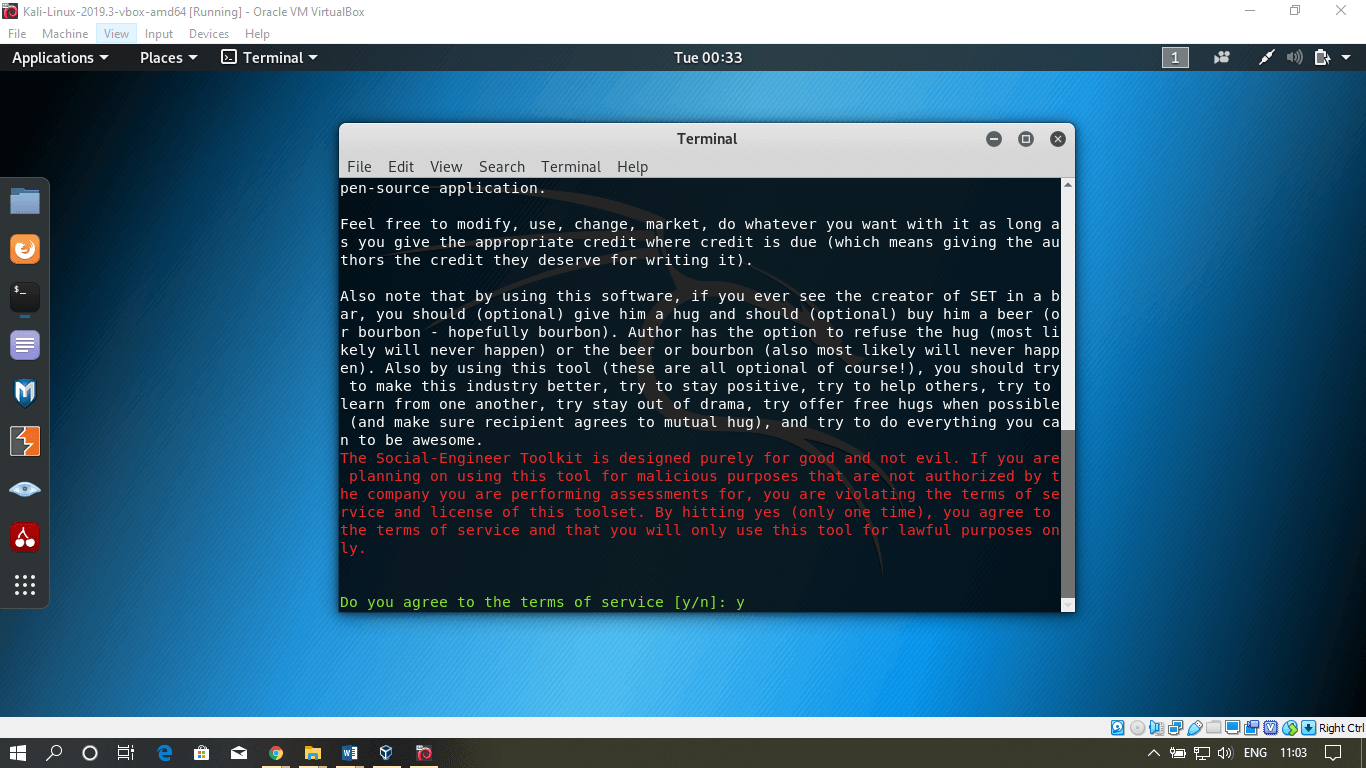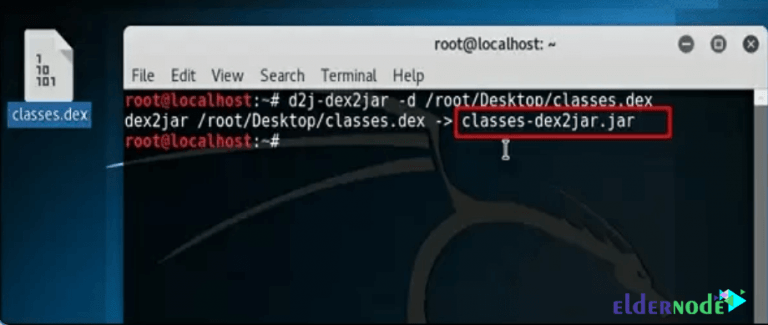
- #KALI LINUX HOPPER DISASSEMBLER HOW TO#
- #KALI LINUX HOPPER DISASSEMBLER SOFTWARE#
- #KALI LINUX HOPPER DISASSEMBLER CODE#
#KALI LINUX HOPPER DISASSEMBLER CODE#
lldb allows you to debug code on both actual iOS devices and simulators. You can use this tool to reverse engineer and debug code written in C++, Objective-C, and C. lldb is a powerful debugger used in Xcode.These tools are available out of the box on Mac:
#KALI LINUX HOPPER DISASSEMBLER SOFTWARE#
Restoring Classes – Useful Tips for Software Reverse Engineers Software reverse engineering toolsīelow are standard command-line tools for reverse engineering iOS and macOS apps. Now let’s talk about the best reverse engineering software for macOS and iOS that can help you on this journey. These are the basic things you need to know about before doing any reverse engineering. This file is located at the following address: /System/Library/Caches//. Nowadays, all system frameworks and dynamic libraries are merged into a single file called the shared cache. In addition, it’s good to be familiar with calling conventions and some things specific to ARM-based systems on a chip (SoC), like thumb mode and opcodes format. Knowledge of instruction sets is important when reverse engineering algorithms. Mobile devices use ARMv7, ARMv7s, ARMv8-A, ARMv8.2-A, ARMv8.3-A, and ARM64 CPUs. Modern desktop devices usually use x86-64 CPUs.
#KALI LINUX HOPPER DISASSEMBLER HOW TO#
One more thing you should pay special attention to before you learn how to reverse engineer a macOS or iOS app is the architecture it was designed for. The code signature is an encrypted code directory represented in CMS format. The negative part optionally contains hashes of such code signature parts as code signing requirements, resources, and entitlements, as well as a hash of the ist file.Ĭode signing requirements, resources, and entitlements are just bytestreams of the appropriate files located inside a bundle. The positive part of the table of hashes contains hashes of executable code pages. The table itself consists of two parts: positive and negative. The code directory is a structure that contains miscellaneous information (hash algorithm, table size, size of code pages, etc.) and a table of hashes. Let’s take a closer look at each element. Let’s start with some basics that you need to know before you try to reverse engineer your first executable.Ĭode signature data contains a number of important elements:


OS X & iOS Reverse Engineering: How to Reverse Engineer an iOS App & OS X Software


 0 kommentar(er)
0 kommentar(er)
